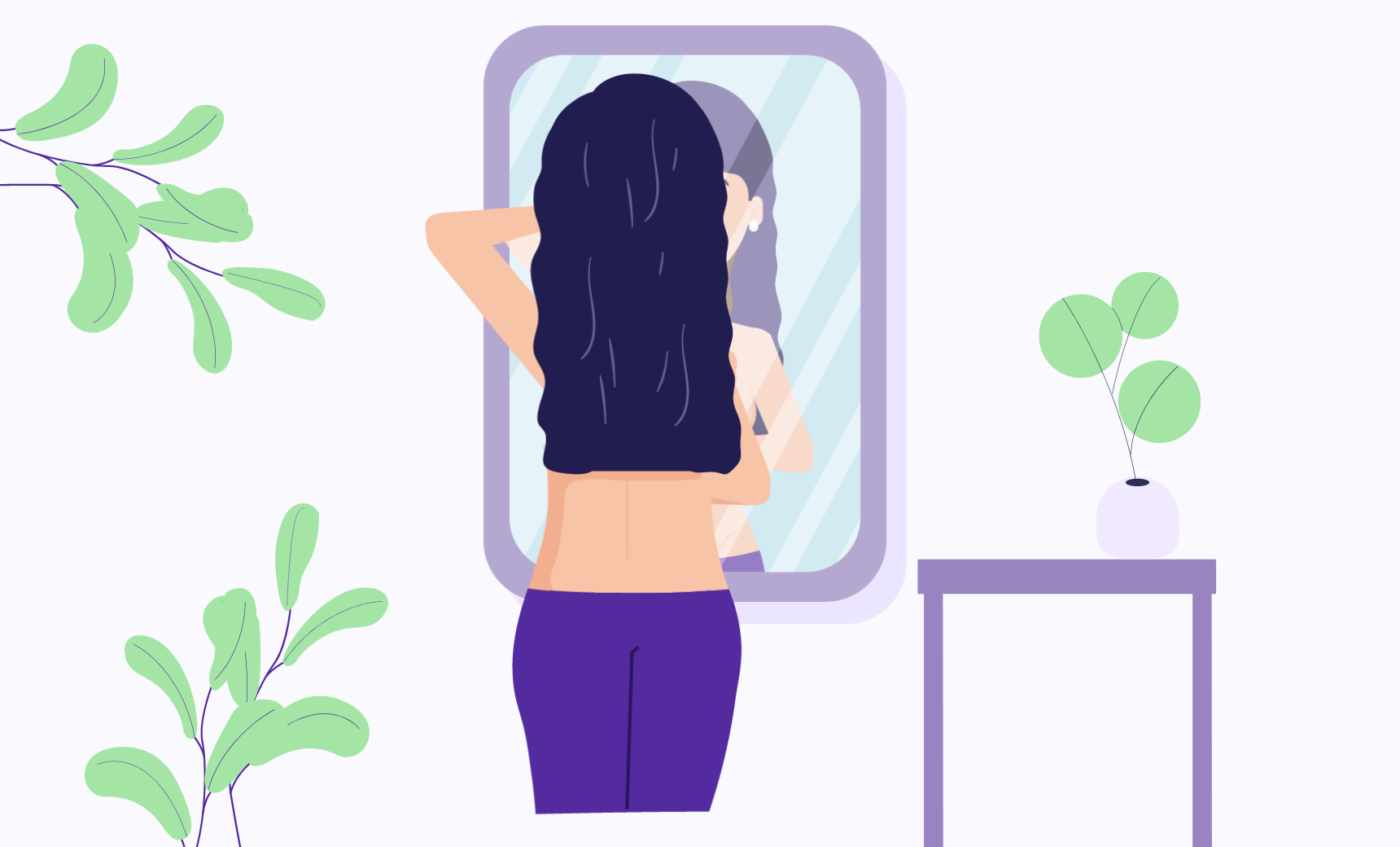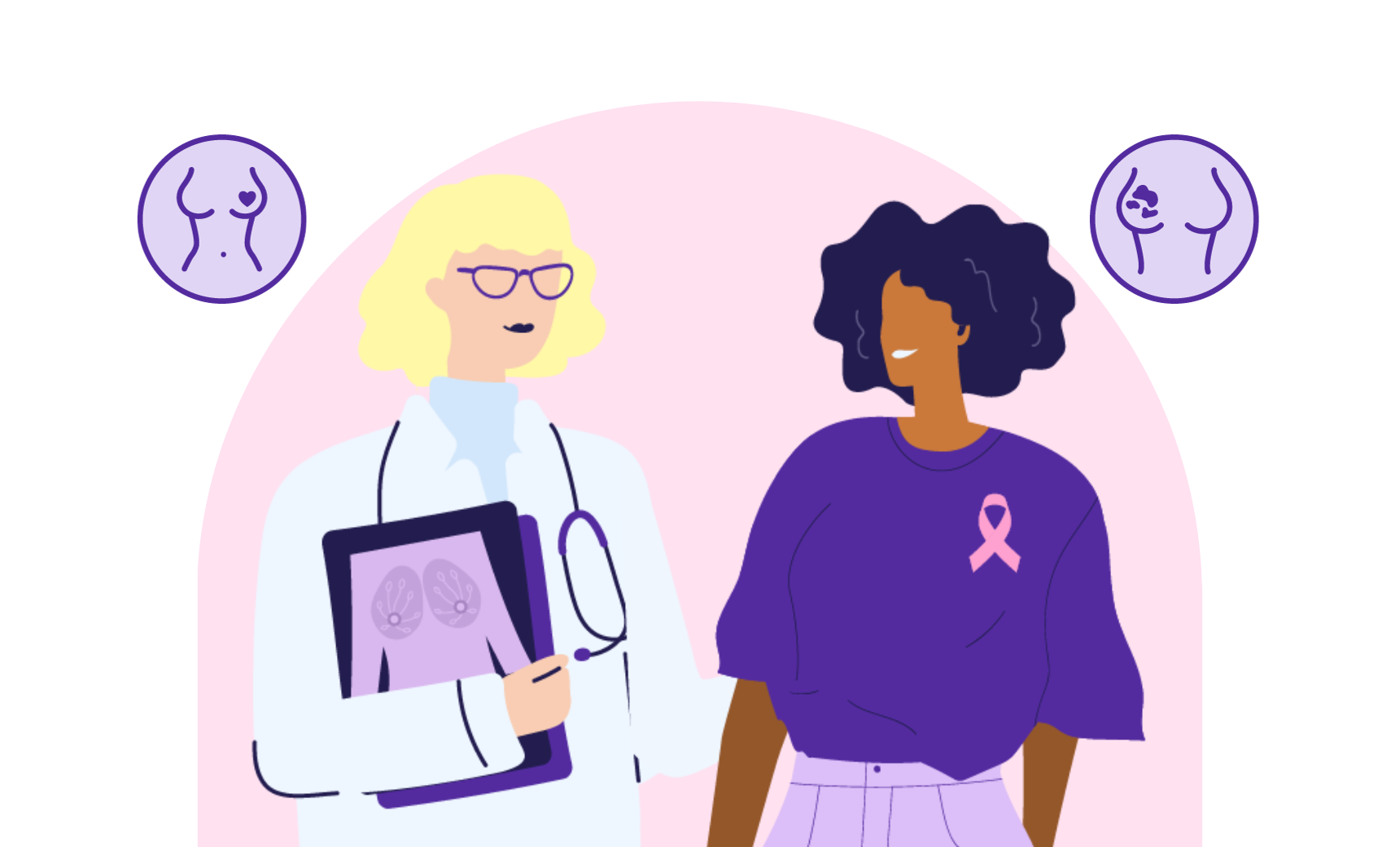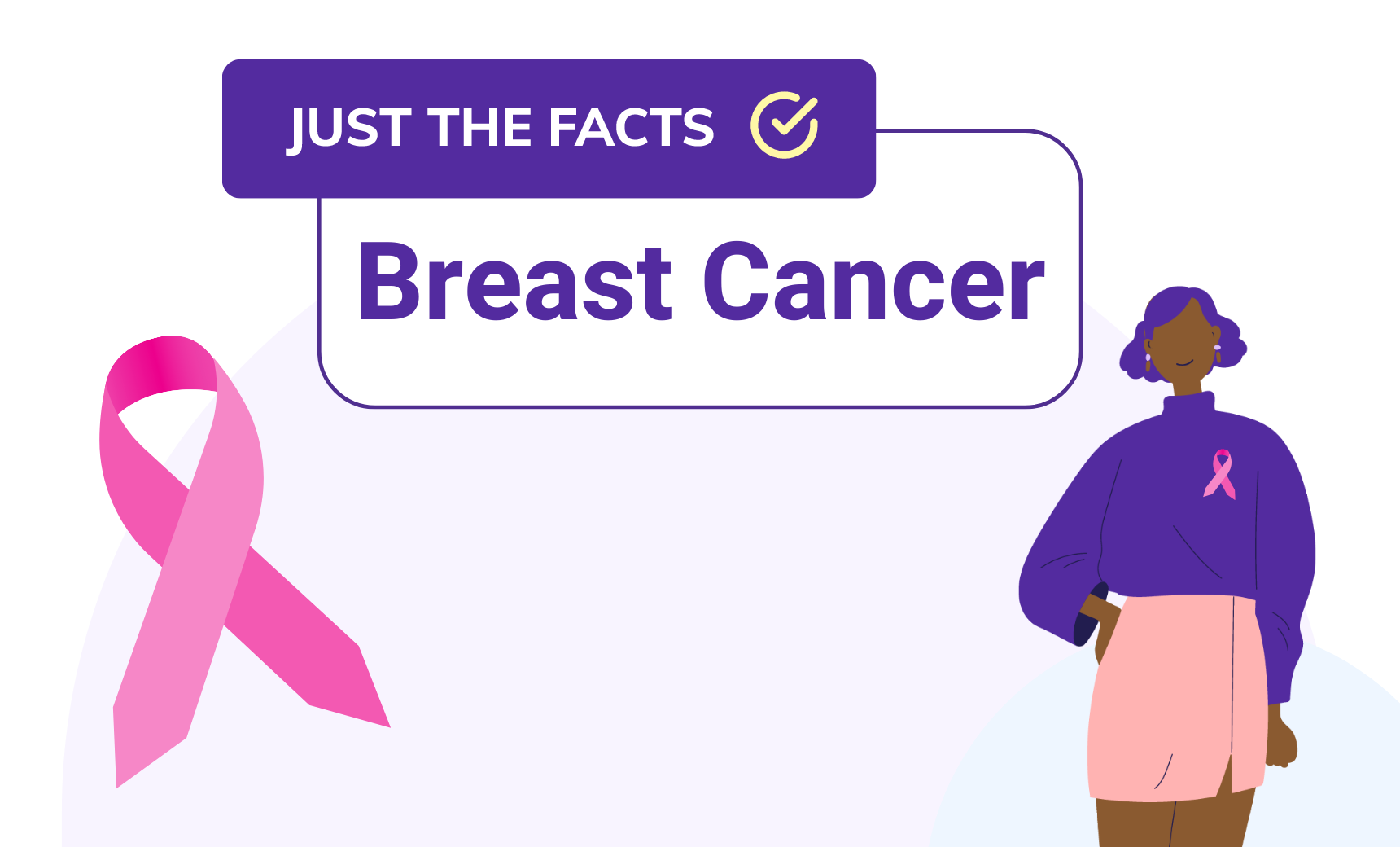
Valentine’s Day: Kissing, Chocolate & Cavities — A Quick Lesson from our Featured Expert of the Month, Dr. Sharde Harvey
Most of us celebrate Valentine’s Day with greeting cards, gifts, candy, affection, and love. But what should we know, from an oral cavity point of view, about kissing and chocolate on this delightfully sweet day? While kissing may date back as far as 326 BC., no matter how old we get, our hearts still race when we feel a lover’s kiss.
Research has long shown that kissing can lower stress and increase endorphins. What most don’t know about kissing is it can cause cavities! Kissing someone and exchanging saliva containing the microbes, Streptococcus Mutans (causes the production of acids given the right conditions), can lead to decay of the teeth in someone who does not have cavities. If you have the Streptococcus Mutans cavities, one of over 300 strains of bacteria in your mouth, it can take hold in your partner’s mouth and cause cavities. Factors such as your partner’s sugar and carbohydrate intake, whether they are seeing a dentist for their regular checkups (every 6 months), whether they are flossing and brushing regularly, whether the genetic composition of their teeth is prone to decay, and whether fluoride is present in their water supply, all contribute to the likelihood of spreading cavities between partners.
So what do kissing and chocolates have in common? Science says their connection to endorphins is one. A small UK study measured the brain waves of 6 couples while they were kissing, standing with their eyes open (the control), and then again while letting a piece of chocolate melt in their mouths. The results? They found that while both kissing and chocolate caused some stimulation of brain activity, such as alertness (increased alpha bands) and relaxation (increased beta bands), chocolate produced about 4 times the results (measured in alpha and Beta bands) versus kissing.
Another thing that chocolate and kissing have in common is that they both stimulate your sense of smell. In various species of animals, including humans, smell enhances arousal and excitement which contributes to pleasure.
Chocolate, like salt and fat, also causes the release of dopamine and contains both caffeine and theobromine which are mental stimulants. Additionally, chocolate contains phenylethylamine (PEA), which raises our blood pressure and heart rate. The amino acid tryptophan is also found in chocolate. Tryptophan releases serotonin as does sugar, which is also contained in chocolates. Tryptophan is sold as a mood and relaxation supplement and is also found naturally occurring in many foods such as dairy products, poultry, and seafood. Healthwise, we have learned that dark chocolate is better than milk chocolate as it is packed with antioxidants and various trace minerals that are important for our metabolism and is involved in the neuropathways of pleasure.
So as a dentist, what’s my best advice for avoiding cavities and/or spreading them to your sweetheart? You can control your own oral cavity environment by:
- Seeing your dentist every 6 months for a check-up, cleaning and X-rays
- Flossing every day
- Doing fluoride treatments in your dental office or using a fluoride Listerine at home
- Eating a low carbohydrate, low sugar diet
- Brushing your teeth and flossing after meals
- Flossing and brushing after kissing may also help prevent spreading cavities between partners
Lastly, if you have to pick a candy to buy as a gift for your Valentine, pick a dark chocolate as it is not only lower in sugar but it melts off of our teeth with the natural flow of saliva, preventing cavities from forming due to the presence of Streptococcus Mutans and its production of acids.
This month’s featured guest health expert is Dr. Sharde Harvey, DDS of Upper East Dental Innovations. Dr. Harvey has been practicing Dentistry in New York City for over 15 years. Dr. Harvey is currently in the Department of Otolaryngology- Head and Neck Surgery, Lenox Hill Hospital and is a clinical instructor on Faculty in the Department of Cariology and Comprehensive Care at New York University College of Dentistry.




LabFinder Team
The LabFinder Editorial Team is behind The Illuminator and The Insider, LabFinder’s consumer and business blogs.
Dr.Robert Segal
Dr. Segal is CEO and co-founder of LabFinder, as well as a board-certified cardiologist. He began practicing medicine in 2002 and has founded several businesses, including Medical Offices of Manhattan and Manhattan Cardiology.